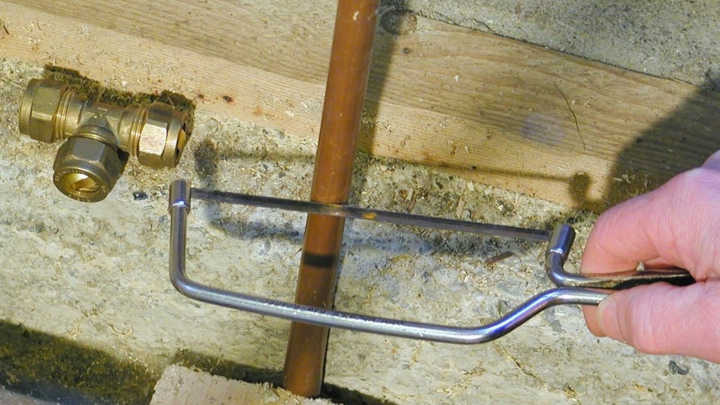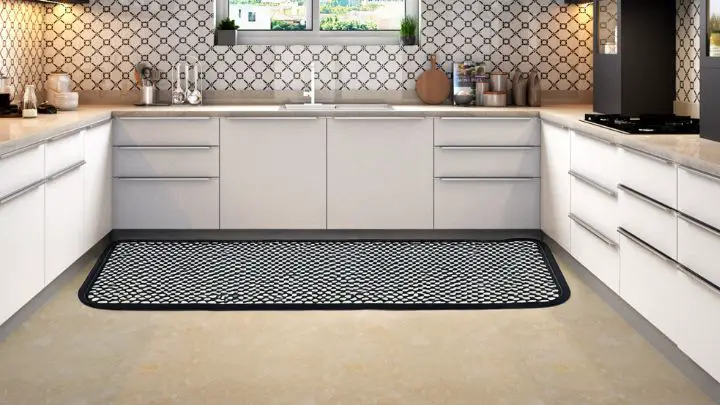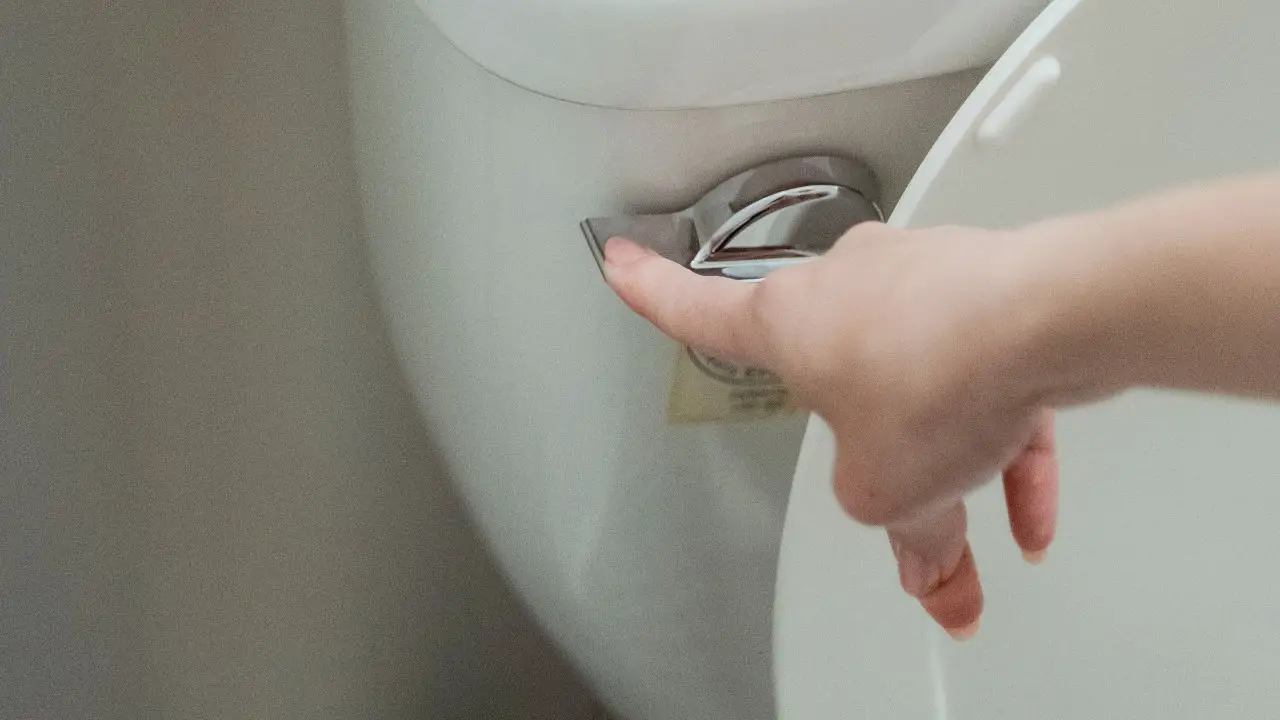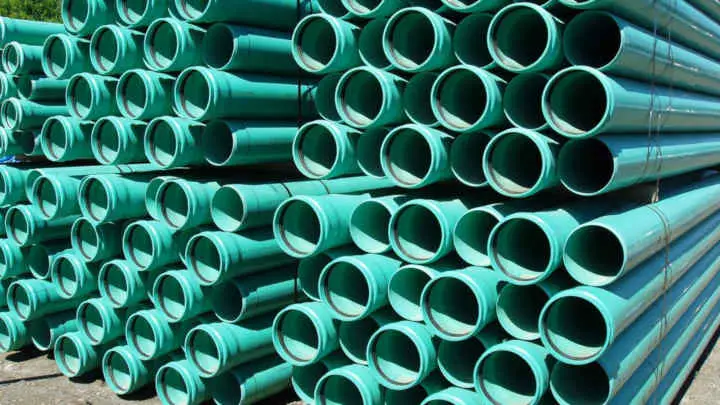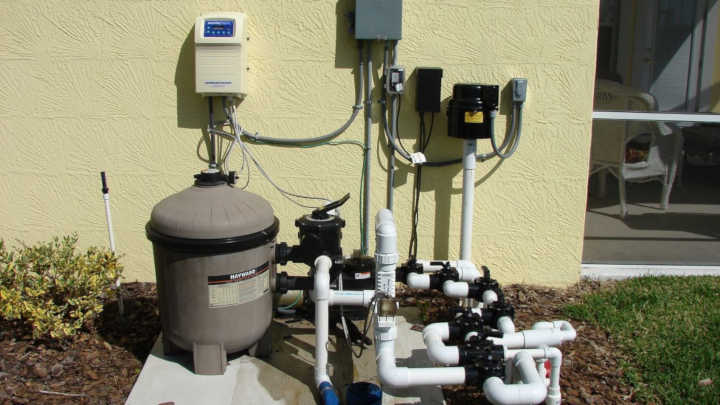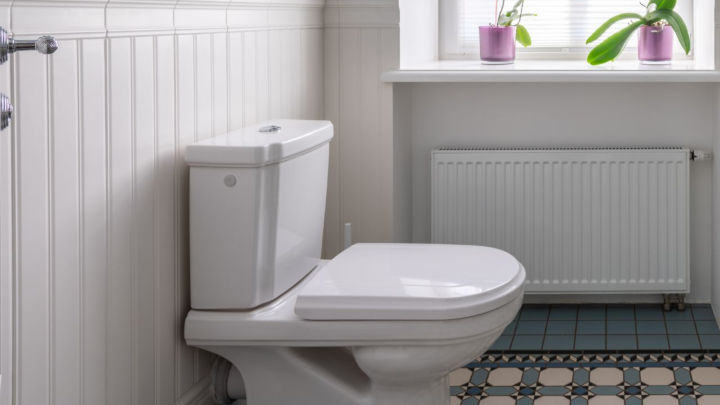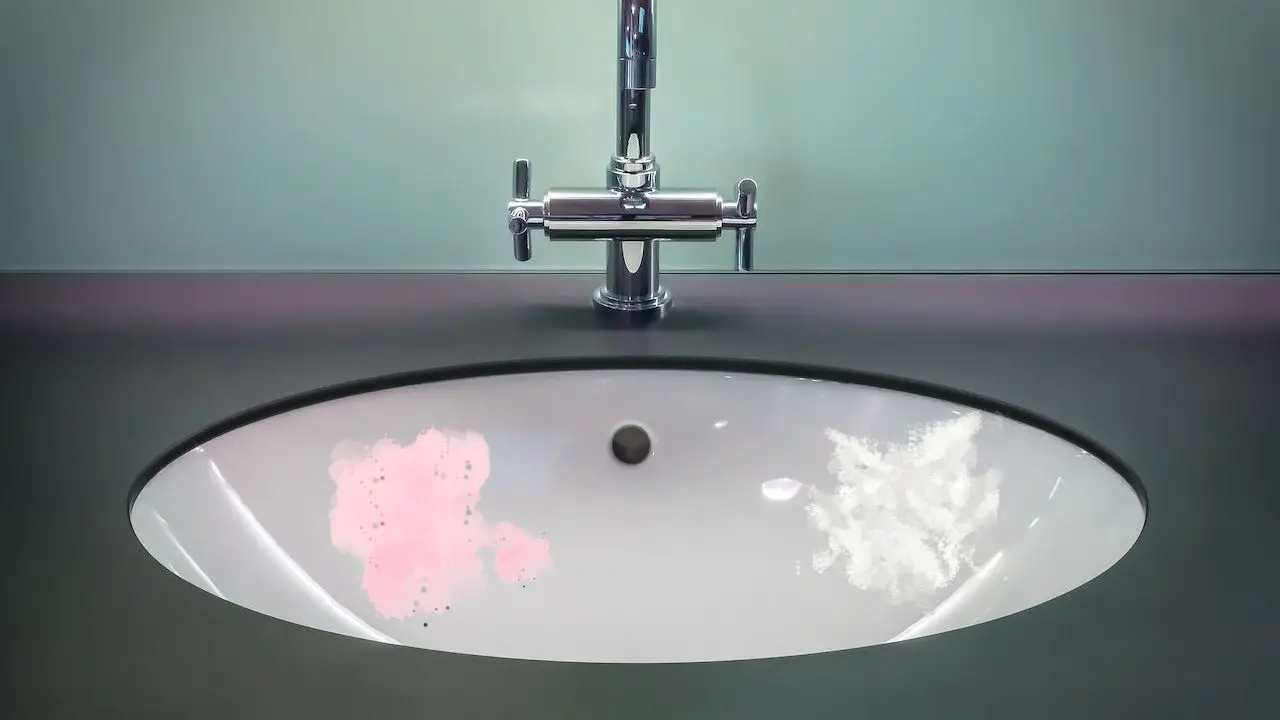In this article, I will share how to cut PVC pipe straight at home and use it as you want by following seven steps. Plus, what to check before you start cutting and what tool might be the best for the pipe you are about to cut.
There are different shapes and sizes of PVC pipe cutters. You must know what tools you need to cut the pipe efficiently without breaking it.
What is a PVC Pipe

PVC or Polyvinyl Chloride Pipe is a type of white plastic pipe. It is used for sinks, bathrooms, or any drains at your house. PVC costs less than metal pipes and can last longer if you check it occasionally.
But dealing with PVC pipes can be tricky, especially when cutting it straight. An inefficient cut will lead you to re-cut, which may reduce the length of the pipe and cost you more money. That is why you must know how to cut it properly.
Table of Contents
What to Check Before Cutting the PVC Pipe
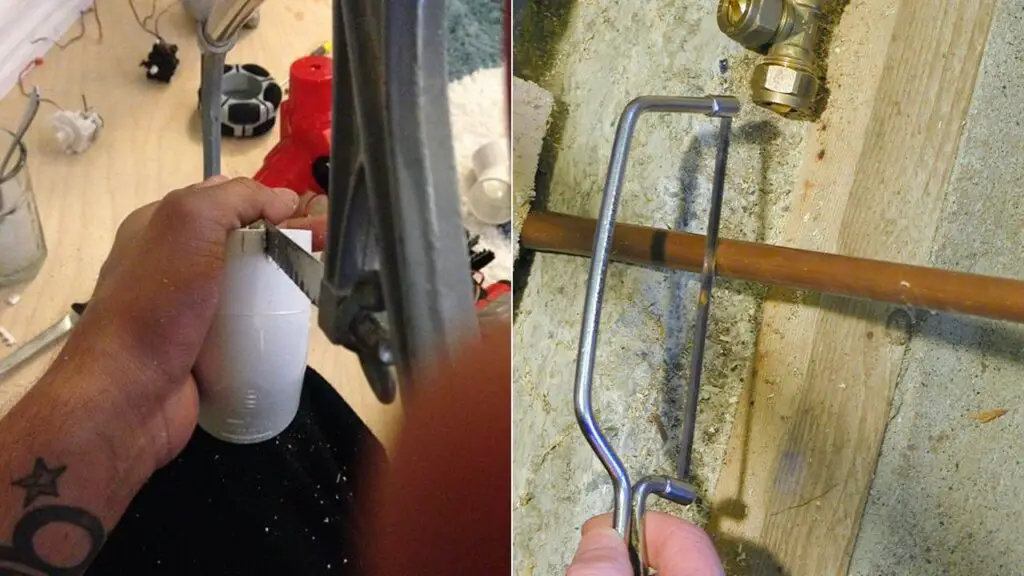
Before cutting the pipe, use a lubricant for an efficient cut. Those lubricants keep friction down, which allows the blade to cut the PVC easily without breaking it. It can also help keep dust and plastic particulates away from the air.
These lubricants are safe for plastic. It will not create any harm to the pipe. Just spray directly on the pipe as required, and start cutting it. If you do not have that oil, use water. It should work the same way. But the oil is recommended.
Here is a list of what tools you need for your work.
- A pipe cutter
- Lubricant
- Primer
- Plumbing cloth
- A utility knife
- Sandpaper
- Glue
Arrange all these items, and you are good to go.
How to Cut PVC Pipe Straight at Home

Before I tell you how to cut PVC pipe straight, know what size of PVC you are about to cut. You can tell by having a look at your sink pipes, or bathroom pipes. So that you can choose the best tool for it.
Here are the pipe sizes from small to big. Choose the cutter according to the thickness of the pipe size.
| Pipe Size (in inches) | Pipe Diameter (in inches) |
|---|---|
| ½” | 0.84” |
| ¾” | 1.05” |
| 1” | 1.315” |
| 1 ¼” | 1.66” |
| 1 ½” | 1.9” |
| 2” | 2.375” |
| 3” | 3.5” |
| 3 ½” | 4” |
| 4” | 4.5” |
| 5” | 5.563” |
| 6” | 6.625” |
| 8” | 8.625” |
| 10” | 10.75” |
Okay, now you know what type of pipe you are about to cut. The next step is to choose a tool for it. So start the work and learn how to cut PVC pipe at home.
1. Use a Simple PVC Pipe Cutter
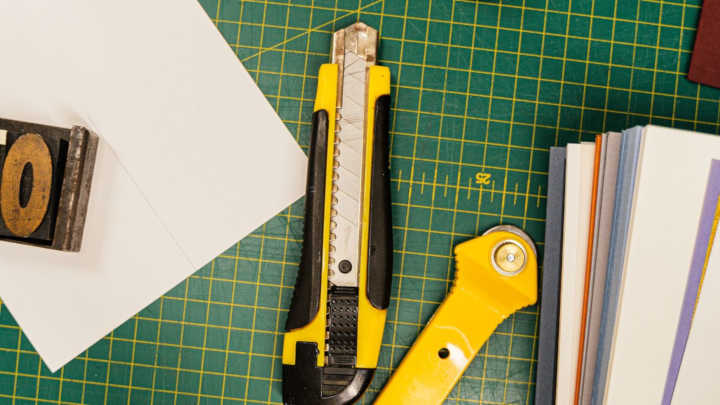
Use a PVC pipe cutter that is sharp and easy to handle. It is the fastest and most convenient way to cut the pipe. Just place the pipe on a stable surface like a workbench or anything that can hold it properly.
Then fit the blade to the cut mark, put some pressure, and rub the blade back and forth with the liquid. Make it go through the PVC and cut it. If this tool is not working, use the next cutting tool.
2. Use a Handsaw to Cut the PVC Pipe

A handsaw is the most common tool to cut a PVC pipe almost everywhere. Here go slowly to ensure the blade stays perfectly on the pipe and does not fluctuate. Do not jam the blade when trying to cut it faster. Just guide it back and forth.
If you are using a handsaw to cut many pipes, buy more blades as those bade will break. It is common, and most professionals have a set of blades with them.
These are the two most common ways how to cut PVC pipe straight at home. But if that does not work, try the next two tools.
3. Try the Ratchet Type Cutter
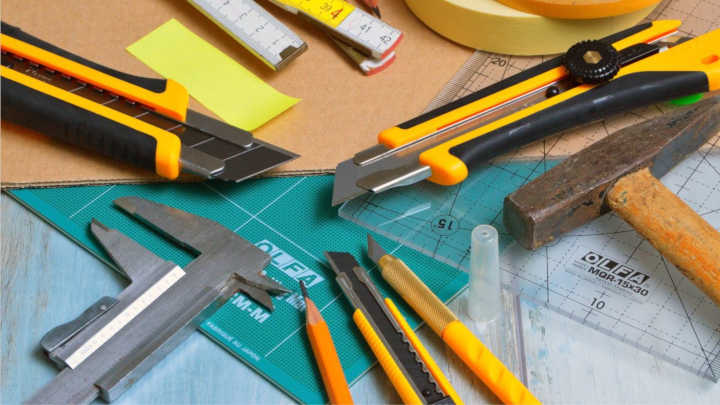
For ratchet cutters, arrange the blade over the mark you have made. Then squeeze and release the handle and continues it until the pipe is cut into two pieces.
You can also use scissor-style cutters. They are pretty similar to the ratcher cutter. Do the same here, like applying pressure to the handles and slowly rotating the cutter around the pipe. Continues this rotation until you cut it.
4. Use a Miter Saw to Cut the Pipe
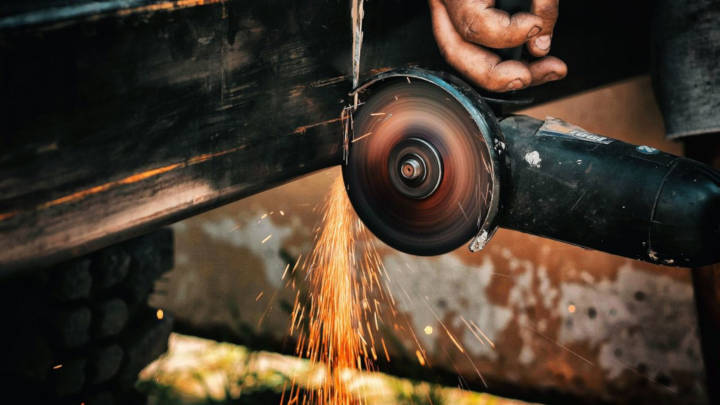
A Miter saw is the last tool you need as they are expensive. But do not worry. You do not have to buy it for just a simple cut. You can get in any car reaping shop, a carpenter, or any repairing shop, where they cut metals using it. But get one if you are cutting many pipes.
A Miter saw is a powerful electric saw that can cut PVC piping accurately within seconds. To cut it, position the pipe against the fence of the miter saw, get the blade with the desired cut mark, lift the saw up and start the blade and slowly lower it into the PVC pipe until it cuts the pipe into two pieces.
5. Clean the PVC Pipe thoroughly
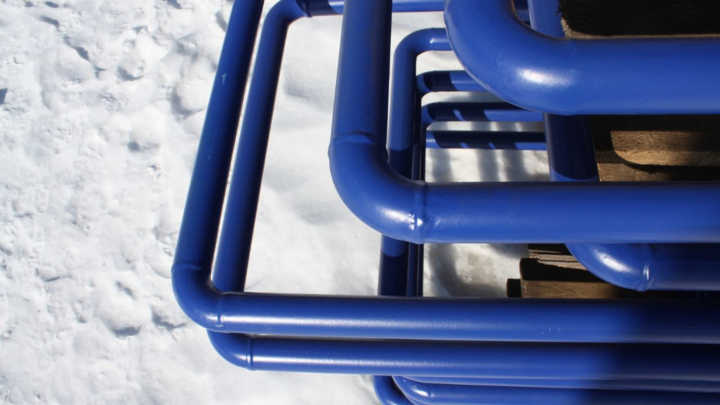
Now I am assuming you have made your cut. It is time to clean the pipe and remove all the burrs from it, as no matter what tool you use and how carefully you cut, there will still be some burrs left behind.
Here are two quick ways to clean the pipe and remove the burr.
- Use a sharp knife, and use it to clean the inner and outside of the cut, and carefully rub it to make it clean.
- Then use sandpaper or cloth to clean it.
Now you are done and be ready to use the primer and then use it wherever you want.
6. Apply the Primer to the PVC
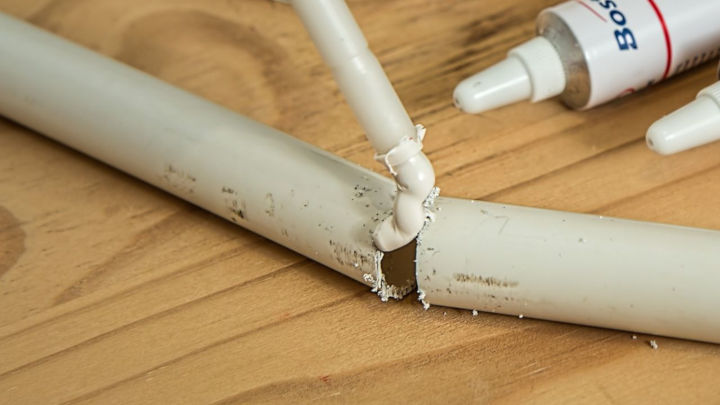
Use a dauber to apply the primer coat on the PVC pipe. Most plumbers use their fingers to do this. Apply the primer to the end of the pipe from inside and outside.
Then use a plumbing cloth on it and quickly push the connectors together with a twist until properly sealed and hold it for about a minute to ensure that they stick together. And then wipe away any remaining primer outside, and you are ready for fitting.
The cloth is used to make the connection long-lasting. You may not need it, but it is a good habit to use it at every junction.
7. Now Use it for the Pipe Connection
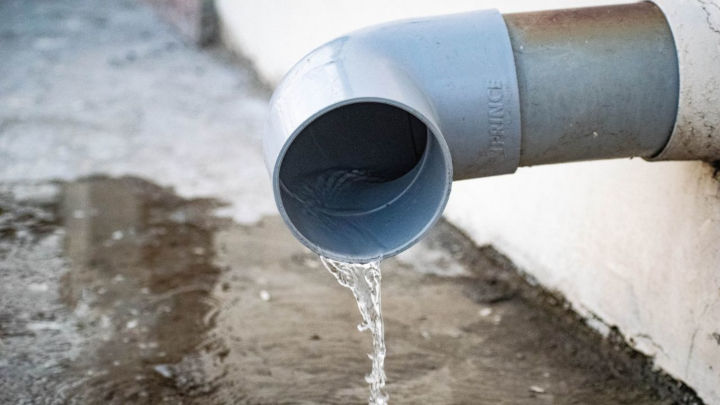
Now you know how to cut PVC pipe at home. It is time to fit it. Prepare the place where you want to attach the pipe by cutting and creating a connection there and using the same formula of contention attached property.
Wait here for a few minutes and then check the system, if everything works fine. If it is, you are done here for the day. If not, you are in bad luck. You have to put it out and make the connection again.
How to Fix Leaking PVC Joint without Cutting
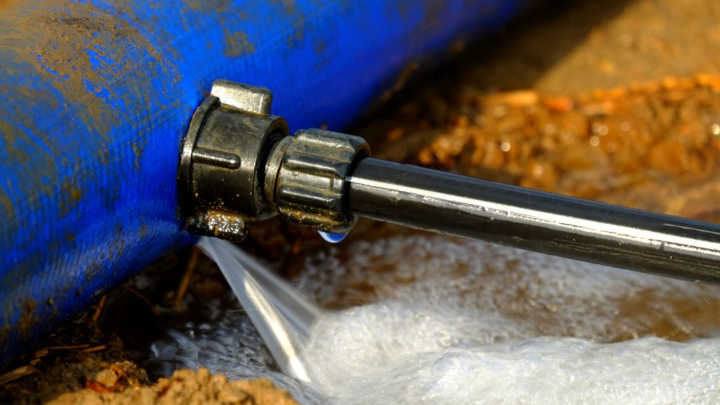
You may be thinking, do I really need to cut it down or is there any way to fix it without cutting the pipe? Yes, you can do that using fiberglass tape. Wet the tape in water and wrap it tightly around the damaged pipe area. But for a better repair, you should cut them down and then repair them as normal.
What Method Do I Recommend
There are many ways to cut the PVC, but I recommend using a small flexible handsaw as it is easier to use, even for a person who has never touched the plumbing work.
But do not buy the big handsaw that those expert plumbers use, as it will give you trouble when cutting the PVC pipe, especially on those edges of your wall. That is why you need a flexible pipe cutter that can fit anywhere.
Pipe Cutter FAQs
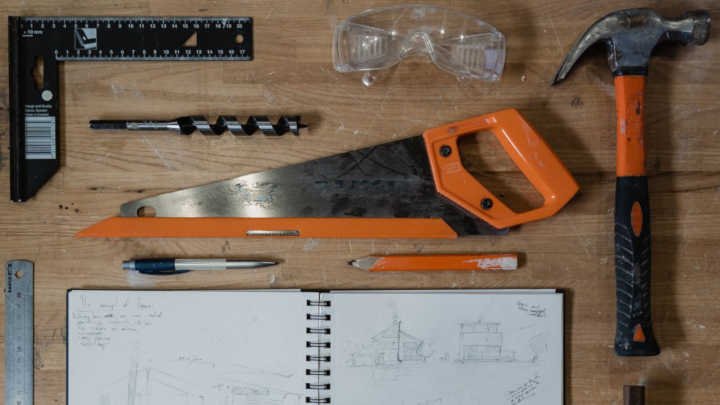
How to cut PVC pipe straight at home?
Use a PVC pipe cutter and place the pipe on a stable surface like a workbench. Then fit the blade to the cut mark, put some pressure, and rub until it is cut down.
What is the best tool to cut a PVC pipe?
A simple flexible handsaw is the best tool to cut a PVC pipe at home for a beginner.
What to check before cutting a PVC pipe?
Before cutting the PVC pipe, use pipe cutting oil to keep the friction and heat down, and allows the blade to cut the PVC with ease without breaking it.
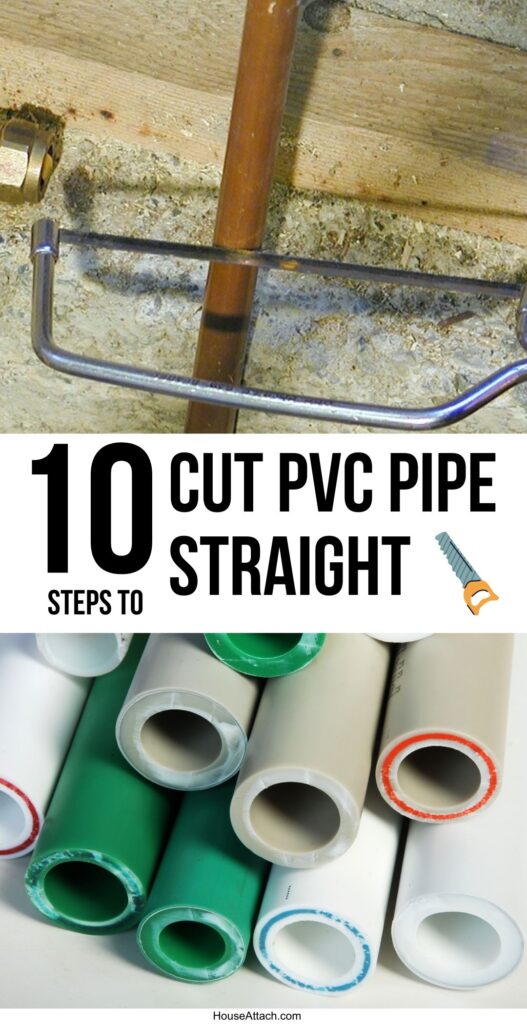
Last Words
So there is how to cut PVC pipe at home using a few tools. You do not need to hire a plumber for small work. You can do it yourself. Just prepare the tools you need and cut them out. Easy.
Follow Me on PINTEREST for More Ideas.
